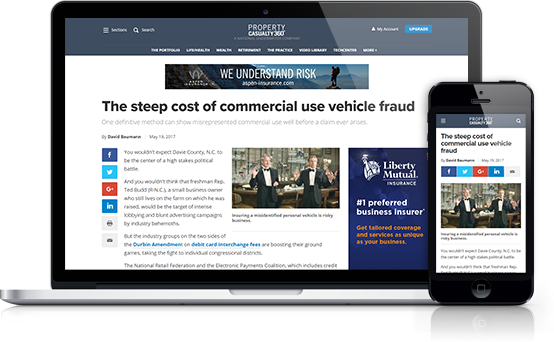 Recent research indicates that when a semi-autonomous vehicle is in an accident, drivers are likely to assign blame and responsibility to the automation and its manufacturer. (metamorworks/Shutterstock.com)
Recent research indicates that when a semi-autonomous vehicle is in an accident, drivers are likely to assign blame and responsibility to the automation and its manufacturer. (metamorworks/Shutterstock.com)
Semi-autonomous vehicles, which allow drivers to supervise and take control of the vehicle, are becoming more common. But before we fully accept the inherent risks and realities linked to the idea that semi-autonomous cars and trucks will drive us instead of us driving them, insurers need to be prepared to help address two major questions: If a vehicle drives itself, who is responsible should that vehicle crash? And, should victims expect to be compensated at the same level as traditional auto accidents?
Recommended For You
Want to continue reading?
Become a Free PropertyCasualty360 Digital Reader
Your access to unlimited PropertyCasualty360 content isn’t changing.
Once you are an ALM digital member, you’ll receive:
- Breaking insurance news and analysis, on-site and via our newsletters and custom alerts
- Weekly Insurance Speak podcast featuring exclusive interviews with industry leaders
- Educational webcasts, white papers, and ebooks from industry thought leaders
- Critical converage of the employee benefits and financial advisory markets on our other ALM sites, BenefitsPRO and ThinkAdvisor
Already have an account? Sign In Now
© 2025 ALM Global, LLC, All Rights Reserved. Request academic re-use from www.copyright.com. All other uses, submit a request to [email protected]. For more information visit Asset & Logo Licensing.








